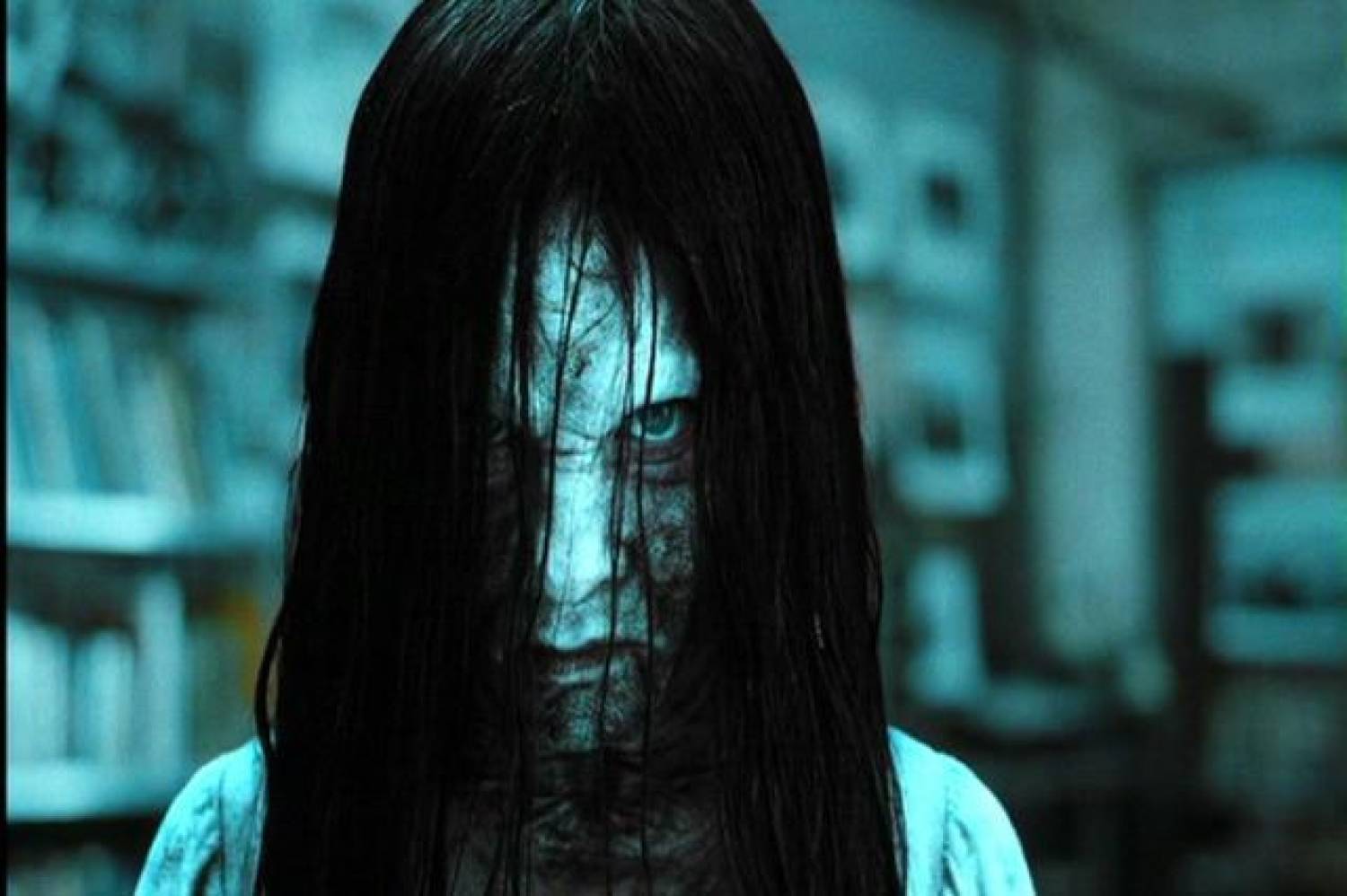Imagine seeing the face of the Frankenstein monster in theaters for the first time. Imagine that you were one of the first to see the haunting image of Dracula’s castle or hear the howl of the Wolf man.
Those images, now so mundane, were at one point considered frightening. The Frankenstein monster was grotesque, the castle was rich in haunting atmosphere and the werewolf’s howl sent chills down people’s spines.
These horror movies inspired fear in their time but one would argue that they no longer have that same power. A lot of the techniques of horror from the age of Frankenstein are still employed today but to a different degree.
For one thing, the advent of technology has greatly increased the realism of horror movies. Also, film standards are less stringent than they were in the 1930s when movies like Frankenstein and Dracula were released. The Motion Picture Production Code of 1930, also known as the Hays Code prohibited the portrayal of brutal killings in detail or murder in a way that could spark imitation. This is not the case today, as exemplified by such brutally violent films as Saw, The Texas Chain Saw Massacre or The Human Centipede.
Atmosphere still plays a key role in modern horror films such as Paranormal Activity and Silence of the Lambs but is enhanced with help of technology. The atmosphere of modern horror movies are less about the supernatural and more about the everyday gone wrong.
As technology has progressed so have the techniques of terror. An increase in the quality of sound, costume and visual effect serve to make the horror all the more realistic, and therefore more terrifying, for viewers. Dracula or Frankensteinare no longer as terrifying to modern audiences because we’ve come to expect horror films to be incredibly realistic and engaging as a result of technology.
In movies of old, evil creatures and monsters were supernatural beings, they were costumed to resemble nothing remotely human. These days, evil is more likely to have a human resemblance, suggesting that modern viewers find the idea of evil that looks human scarier than evil in a mask.
In a sense, the fundamentals of horror have not changed all that much over the years. As human beings, we still find the same fundamental concepts frightening but, thanks to our imagination and technology, there will always be new methods of conveying those fundamental fears and new frights are to be had from them. In the words of Edgar Allan Poe, “Perversity is the human thirst for self-torture.”
With files from Amanda L. Shore
